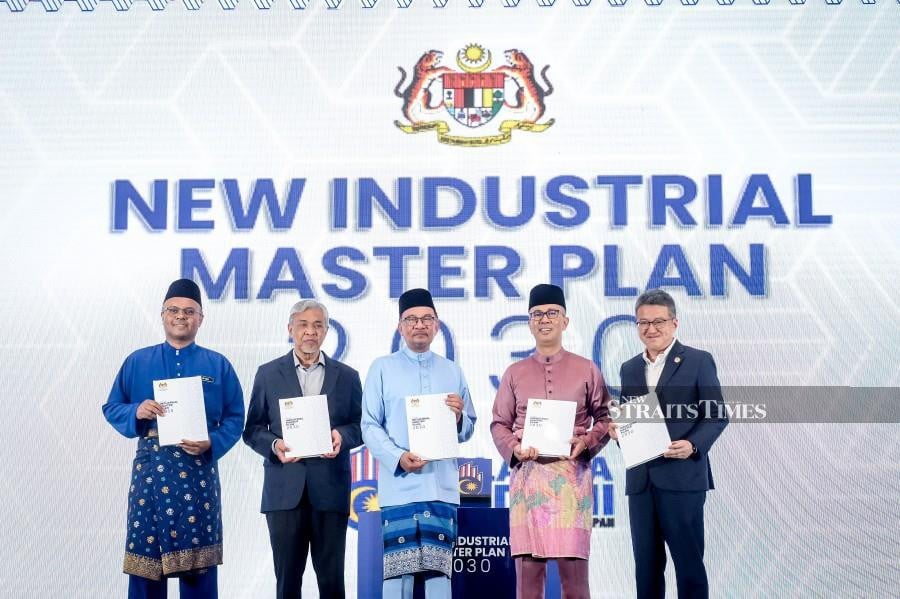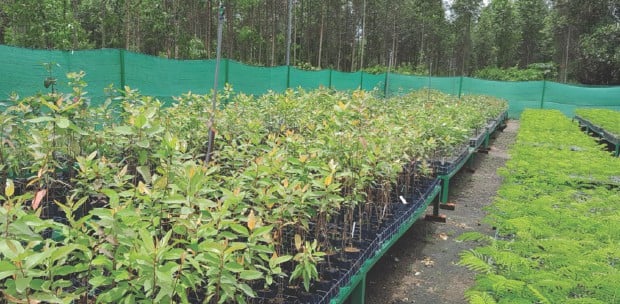FEW will dispute the role of economic development in resolving crises. For one thing, we will have political stability.
Even talk of social non-cohesion will be ignored by the people. Not to mention food insecurity and prices.
They will all go away if everyone feels economically secure. The recently launched New Industrial Master Plan 2030 (NIMP 2030) promises to deliver just that.
We are already hearing a slew of comments on social media, positive or otherwise.
Much of NIMP 2030 concerns science, technology and innovation. The prime minister described it as the key component of the "Madani Economy: Empowering the People" framework.
Some analysts have questioned the use of a 'mission' approach rather than an 'outcome' approach in the plan.
Others ask why traditional commodity-based industries such as palm oil and rubber are not on the list.
They have, after all, yet to realise their full potential. Less than 20 per cent of the raw rubber we produce are turned into high-value-added products.
A thriving rubber products industry can raise the income of growers, alleviating the waning investment in rubber farming.
The question whether NIMP 2030 will be an economic game changer has attracted mixed views.
One says it lacks an underlying economic rationale. Some see it as not much different from past efforts. The RM95 billion budget for seven years translates into RM13.5 billion per year or 0.75 per cent of gross domestic product.
Around 90 per cent will be private investment, which will flow in anyway. The increase in value-add from RM365.1 billion to RM587.5 billion is only 0.5 per cent additional growth over the long-term trend.
So there is no real extra push to speak of.
Some question the focus on pharmaceuticals. The largest Malaysian pharmaceutical company now has PN17 status. It will be difficult to compete with the big firms.
The implementation framework is also not regarded as innovative. Observers say it directly contradicts the many pronouncements to end rent-seeking and leakages.
The massive 128 per cent increase in median salaries is seen as ambitious. This is because many companies rely on low-paid foreign workers.
They will have to change their business model and adopt a progressive wage system, for example. Since this will be voluntary, it is difficult to see how salaries will rise without a major transformation of mindsets.
It would be better if NIMP 2030 is based on a liberalisation vision.
It has been suggested that execution of the plan be done by other than the Investment, Trade and Industry Ministry. The Finance Ministry can take care of short-term innovation and the Economy Ministry of long-term structural reforms.
Whatever the shortcomings, many Malaysians silently wish that NIMP 2030 will be different. All are hoping it will bring stability and prosperity to the nation. We have wasted too much time already!
* The writer is a professor at the Tan Sri Omar Centre for STI Policy, UCSI University





